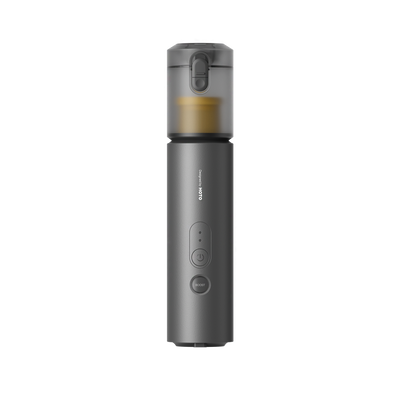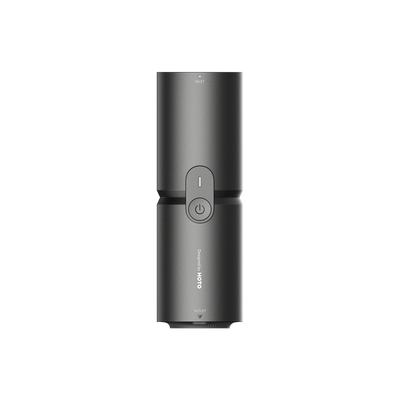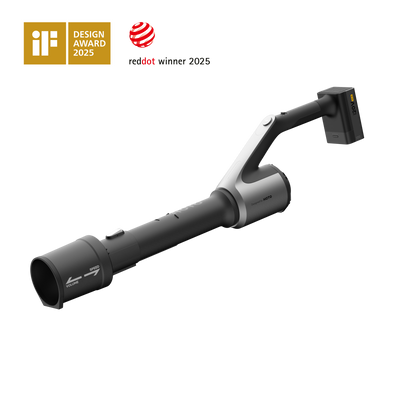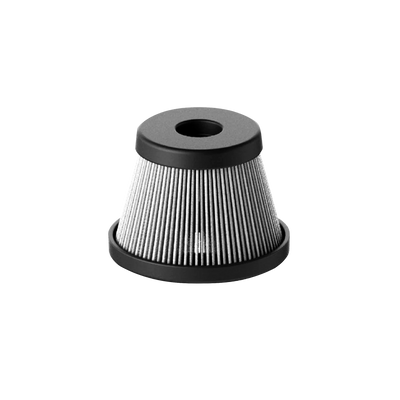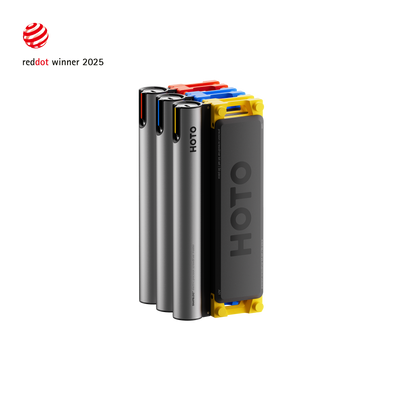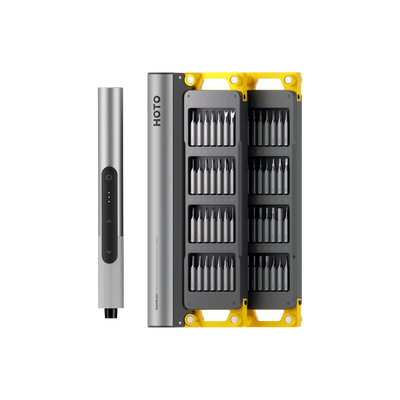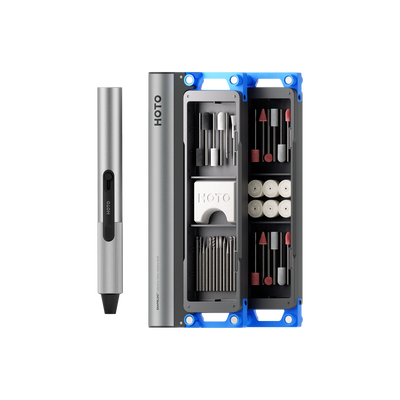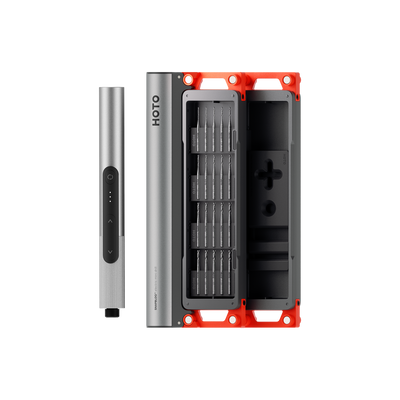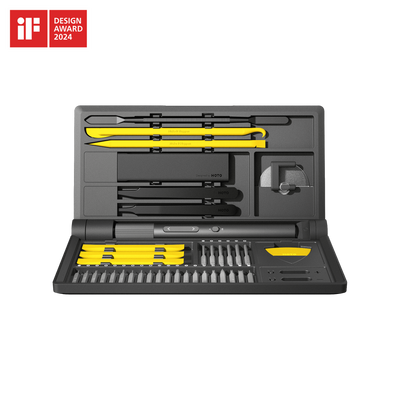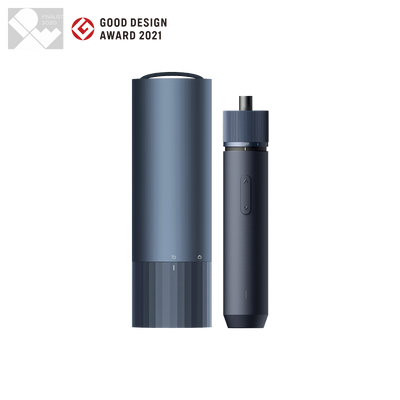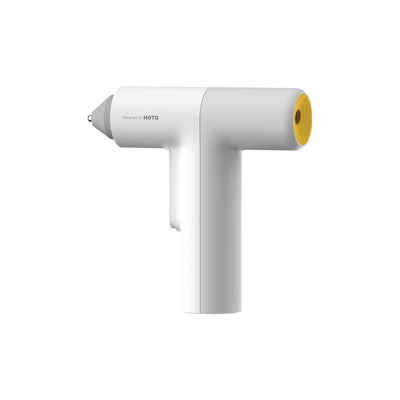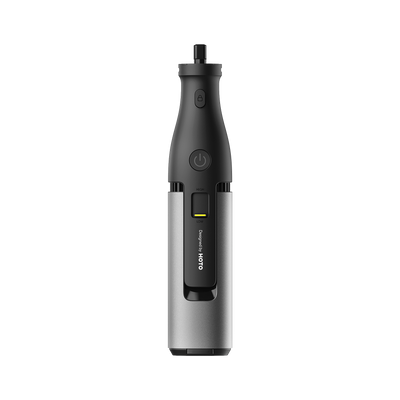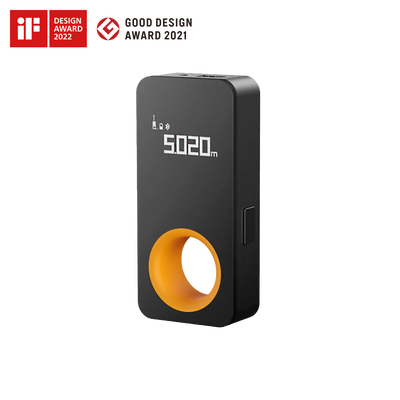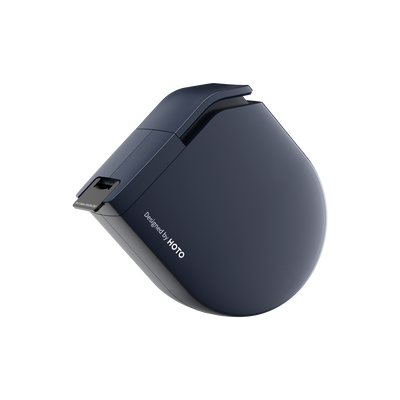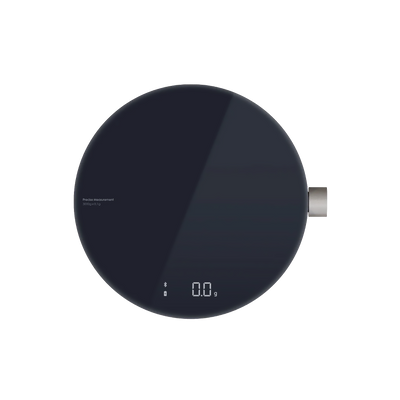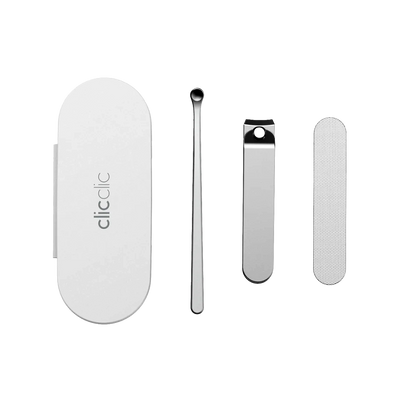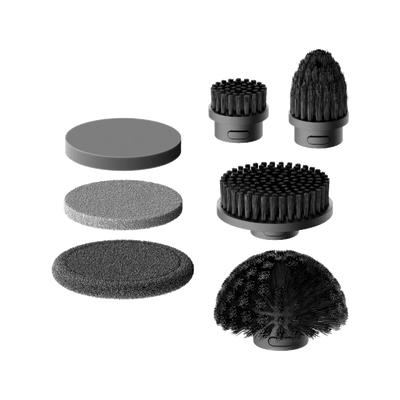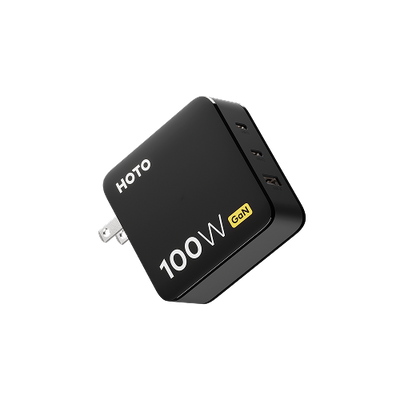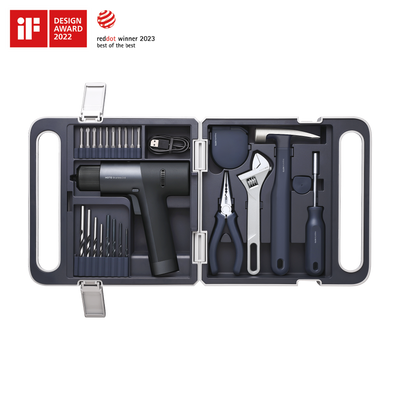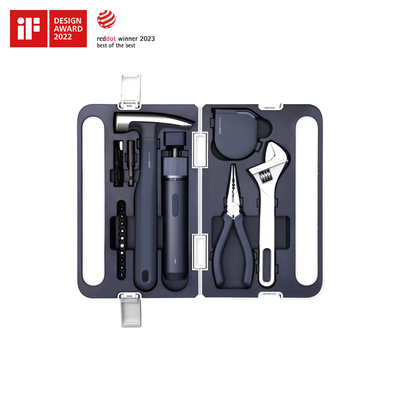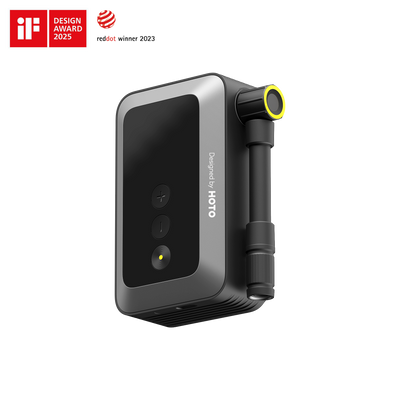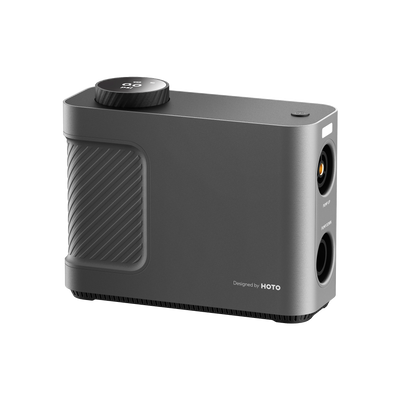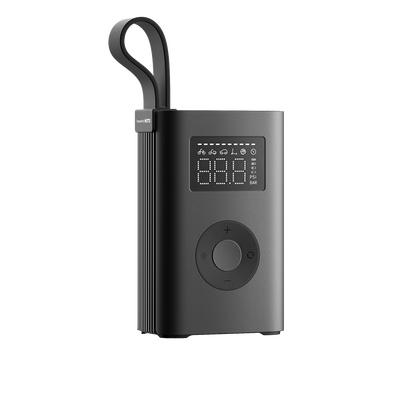
How much max water pressure to wash car safely without damaging it
If you’re anything like most car owners, keeping your ride looking its best is a point of pride. Whether you’re tackling a weekend wash or just sprucing up your vehicle after a muddy drive, achieving a spotless finish is key. But here’s a question that often comes up: how much max water pressure to wash car? It's a bit of a balancing act—too much pressure can risk damaging your car’s paint or trim, while too little might leave you scrubbing away for hours without making much headway.
In this guide, we’ll explore the ideal water pressure for washing your car and share some handy tips for making sure your wash is both effective and gentle. We’ll delve into why the right amount of pressure matters, how to achieve it, and what to look out for to ensure your vehicle comes out gleaming without any unintended damage. So, grab a towel and let’s get into how you can keep your car sparkling clean with the perfect amount of pressure!
The working principle of pressure washing
The booster pump is the heart of a high-pressure water gun, capable of ramping up the pressure of regular tap water or other sources to several hundred or even thousands of PSI. This creates a powerful, high-pressure water stream. Think of it like a piston engine: the pump works by cyclically compressing the water flow to generate that intense pressure.
But the pump isn’t the only key player. The nozzle design is crucial for making the most of that high pressure. It’s engineered to focus the water into a fine, concentrated stream, boosting both the impact and cleaning power. By adjusting the nozzle’s angle and shape, you can change how the water sprays, tailoring it to various cleaning tasks.
Then there’s the handle of the water gun, designed for easy use and precise control. It usually comes with switches, adjustment valves, and other controls to manage the water flow, pressure, and spray patterns. This setup lets you fine-tune the cleaning process to fit different needs.
Lastly, let’s talk about the hose. It connects everything together and is made from tough, high-pressure, and corrosion-resistant materials. This ensures that the high-pressure water flows smoothly and reliably from the pump to the nozzle, keeping your cleaning job effective and hassle-free.

The advantages of using pressure washer
Efficiency and Time-Saving
Pressure washers can clean surfaces much faster than traditional methods. They use high-pressure water streams to blast away dirt, grime, mold, and other contaminants quickly, reducing cleaning time significantly.
Versatility
Pressure washers come with various nozzles and attachments, making them suitable for a wide range of tasks. You can use them to clean driveways, decks, siding, vehicles, and even outdoor furniture.
Water Conservation
Although pressure washers use a lot of water, they are generally more efficient than using a garden hose. They can achieve the same or better results with less water due to the high pressure and targeted cleaning.
Consequences of Misusing a High-Pressure Washer
Damage to Car Paint
Using a high-pressure washer with excessive pressure or improper technique can result in sand and debris being forced against the car’s surface. This can cause abnormal wear to the paint. If the paint is already damaged, the high-pressure water can exacerbate the damage, potentially enlarging existing chips or scratches. It can also remove wax, ceramic coatings, or other protective layers.
Damage to the Sunroof
When using a high-pressure washer, it is especially important to avoid directing the spray at the sunroof and its surrounding seals. High-pressure water can deform these seals, potentially causing leaks or other issues.
How much max water pressure to wash car
Generally speaking, the ideal water pressure for washing a car is between 870 to 1,160 PSI. At this pressure range, you can effectively remove dirt and mud from the vehicle's surface without damaging the paint. However, if the pressure is too high, such as exceeding 2,900 PSI, it can potentially harm the car. High-pressure water streams can strongly impact the vehicle’s body, possibly causing damage, especially when cleaning areas like the windshield wipers and side mirrors.
On the other hand, higher pressure can provide a more thorough cleaning and significantly reduce the time needed for the wash. So, if you're in a rush, using higher pressure might be a good option for rinsing. Of course, for regular washes, it's still recommended to use the appropriate pressure for safe and effective cleaning.
Additionally, when choosing a nozzle for your high-pressure washer, consider its design. For washing painted surfaces, a fan-shaped nozzle is a good choice. This nozzle disperses the water into a thin curtain, which helps to spread out the impact force of the water stream, making it easier to remove dirt. Also, when using the high-pressure washer, keep the nozzle at least 6 inches away from the car’s surface.
The process of pressure washing cars
Pre-wash
Experienced drivers know that professional car washing should start with a pre-wash. Spray pre-wash detergent on the car body. The foam needs to reach a dripping state, because if it's too thin or too thick, it won't effectively remove dirt. Let it soak for a few minutes so that most of the sand and dirt can detach from the paint.
Then use the car washer with long PVC water hose producing a high-pressure stream of water to rinse off the dust from the car body and clean the mud guards that hide dirt on the wheels. Additionally, it's important to wash the car from top to bottom, which allows you to clearly see which areas still need cleaning. The car washer should be about forty centimeters away from the paint surface. After rinsing off the dust, the actual car washing process begins.

Wash
Use two buckets for washing the car. Prepare two buckets: one for car wash soap mixed with water to create foam using the high-pressure washing gun, and another bucket with clean water, equipped with a grit guard to filter out sand and debris. Dip a sponge or mitt into the soapy water to clean the car, then rinse it in the clean water bucket. Repeat this process in cycles.
During this process, you need to prepare a separate pair of gloves, with one glove designated for washing above the wheel rims and the other for washing below them, because the lower part of the car tends to accumulate more dirt and larger particles, increasing the risk of scratching the paint if the gloves are interchanged. This washing method helps to effectively remove static dust particles.
Summary
In conclusion, achieving that showroom shine on your car doesn't have to be a challenge. Understanding the right amount of max water pressure for washing your car with pressure washer is key to both efficiency and safety. Aim for a pressure range of 870 to 1,160 PSI to effectively clean your vehicle while preserving the paint job. Using the correct nozzle and maintaining a safe distance will ensure a gentle yet thorough wash.
Whether you're a weekend warrior tackling stubborn grime or a detail enthusiast aiming for the perfect finish, the balance between pressure and precision is crucial. Start with a pre-wash, use two buckets for washing, and carefully manage your high-pressure equipment to keep your ride looking its best.
So, the next time you gear up for a car wash, keep in mind the ideal max water pressure for the job. Following these tips will help you avoid potential damage and know about how much max water pressure to wash car. Here’s to sparkling clean cars and enjoyable washing experiences—happy detailing!


